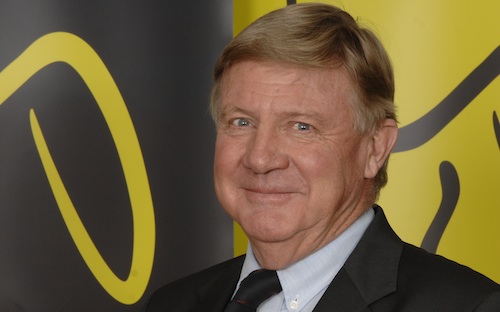
[By Don MacRobert]
The Economist recently commented on the US$12,5bn bid by Google to acquire Motorola Mobility, the search giant’s biggest-ever deal. The magazine noted that the attraction for Google is not principally Motorola’s 19 000 employees, or even its 11% share of the US smartphone market, but rather its armoury of 17 000 patents.
Google has about 2 000 patents of its own and buying the Motorola ones will strengthen its position in current and future legal battles with its more heavily armed industry rivals.
The Times of London recently said that “each side has to build its stockpile [of patents]. You have to have as many weapons — or patents — on your side as your foe.”
This rush by Google is part of an effort to protect its Android operating system software (and the handset manufacturers that use it) and to guard against lawsuits like the Apple one that sent Samsung reeling in the European Union.
All this is good reading material for a lawyer, but in SA a patentee is not helped all that much. SA is a “non-examining country” when it comes to patents, which means that, provided all the forms and revenue stamps are correctly applied, a patent can be obtained without scrutiny. There is no guarantee as to validity of patents registered here. Indeed, a registered patent in SA could be open to attack on the grounds that it is invalid because it does not comply with the strict provisions of section 25 of the Patents Act, which says that in order to be registered as a patent, an invention must not have been known, worked, used or described anywhere in the world.
This means the invention must not have been described in any trade journal or on the Internet, for example. Much work has to be done by an SA patentee to ensure the validity of a registered patent.
What often happens is that SA patentees start building up a stockpile of patents. They do so with the full knowledge that their patents may not all be valid. But they do that to build up an armoury to ward off potential copycats.
So, in the first instance, it would seem there should be a complete overhaul of the SA patent system to make it attractive and workable. This may mean the introduction of an examining system.
It may be even better to have a self-examination process as part of an applicant’s submission — before a valid registration can be obtained. Here, a search result would have to be produced to show the validity of an application. This is a far-reaching proposal, but it may serve to sort out the multiplicity of applications being filed to build up patent stockpiles.
Building of such stockpiles is, of course, unfortunate as it takes away, to a large extent, the original thinking behind the Patents Act, which was written to help entrepreneurs profit from good ideas, giving them a 20-year monopoly in return for a full disclosure of the invention.
The idea was to stimulate creativity. Patent protection led very clearly to improvements during the Industrial Revolution in England and elsewhere.
One has seen the pharmaceutical companies gaining much mileage from blockbuster products for which they obtained patent protection — examples include Losec, Tagamet and Myprodol.
But it seems as if the original purpose of SA’s Patents Act may now be abused with the multiplicity of patents being filed and obtained, especially in the software field. The concept of building up stockpiles of patents would seem to take the basic philosophy of the patent system too far from its origins.
What should happen, rather, is a complete overhaul of the global patents system. In the first instance, genuine recognition should be given to patents that are obtained for computer programs, and IT systems in general, and also business methods could be protected.
However, there should be a strong caveat in that there must be a general tidying up of the examination procedure, especially by people who clearly know and understand what IT is about. It is sometimes unfortunate that an examiner in an official office may one day have to deal with a pharmaceutical preparation and the next with a new mechanical device and then an IT product when the examiner may not be fully versed in modern technology and trends.
Strict criteria should be laid down for examination processes. In SA, as a non-examining country, we should use the services of, for example, specialist departments at the CSIR to assist with the examination process. This may add to the cost of patent applications, but would certainly help confirm their validity.
- Don MacRobert is intellectual property (IP) lawyer at Edward Nathan Sonnenbergs
- Subscribe to our free daily newsletter
- Follow us on Twitter or on Facebook




